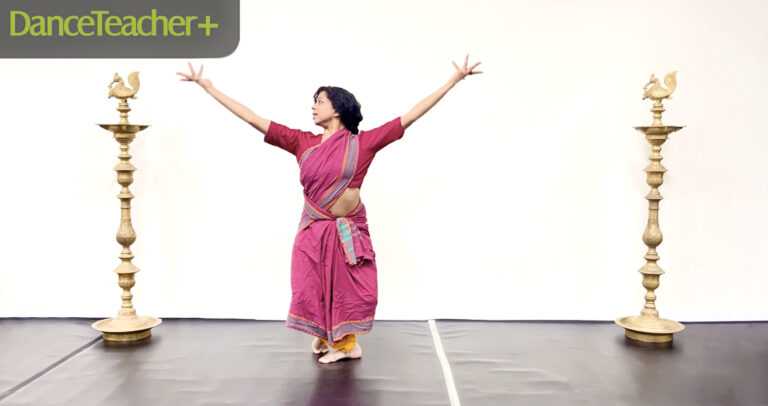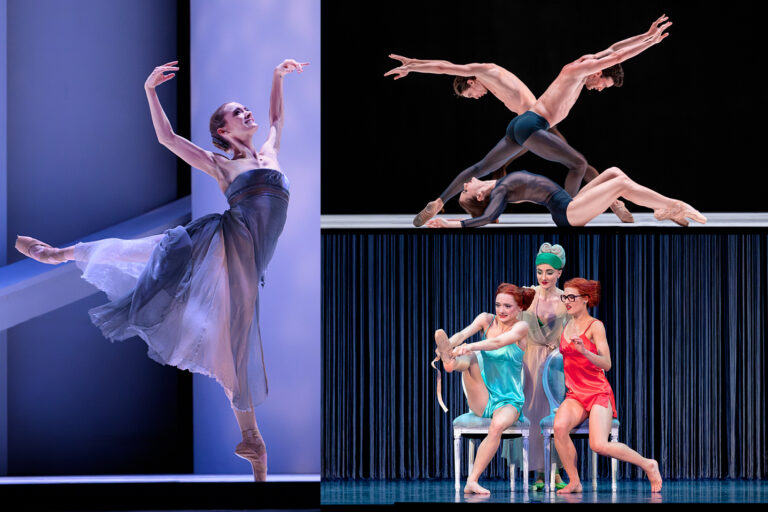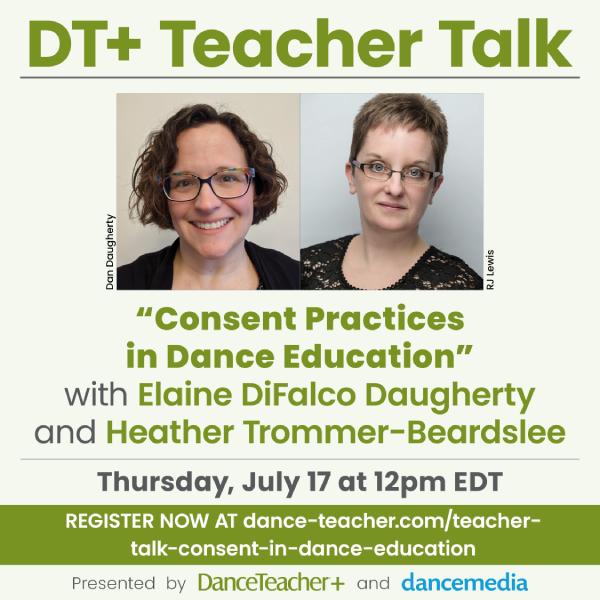“What are you thinking about when you are dancing ‘On My Way’? Do you know the word arduous? It’s an arduous journey, so you have to work harder and harder.” The man speaking with a soft voice and resting his long hands on his knees is Donald McKayle, the modern dance choreographer, teacher and writer known for breaking the color barrier in the ’50s and ’60s.
McKayle made socially conscious works—most famously Rainbow Round My Shoulder (1959) about a chain gang in the American South, which has been performed by Alvin Ailey American Dance Theater, Batsheva Dance Company and others. He also performed and choreographed for Broadway musicals, television and film. A retired member of the dance faculty at University of California, Irvine, and now in a wheelchair, the 86-year-old teacher is critiquing a rehearsal at the San Diego School of Creative and Performing Arts (SCPA).
On this Saturday morning in April, the students are rehearsing Songs of the Disinherited, McKayle’s 1972 masterwork of four movements. It begins with the spiritual “I’m on My Way,” about leaving the abyss of slavery. “When you do this dance, you have to push harder,” McKayle says, and the students listen closely. “And you have to compete against the forces holding your body and soul back! You have to feel the ‘uuhh,’ you’re pressing on, pressing on, pressing on.”
McKayle works with Kenneth Harian. Photo courtesy of Eitland
He asks Kenneth Harian, 17, to dance his solo part, and McKayle sings the accompaniment as the boy dances. “Can’t make a dollar to save my soul/hungry, with nothing to eat/get no money/walking the street.” He interrupts himself singing, and his voice grows stronger, a feat for a man recovering from surgery for a benign brain tumor in 2014 and an illness this year. After a long discussion to help the young dancer find the feelings of rejection experienced by the character, he asks Harian to dance the piece again.
This is year six of a collaboration between McKayle and the school, which was organized by Cynthia Morales, SCPA department chair. (The project also includes field trips for emerging dancers to visit UC Irvine to rehearse with McKayle, who works with the UCI student group Etude Ensemble.) The students, grades 6–12, learned the movement from former UCI students Jeremy Zapanta and Celeste Lanuza, and from video recordings.
The project culminated in a performance by 27 students over two weekends. There were three casts, and the dancers auditioned for the roles. McKayle was involved in auditions via phone and later visited a rehearsal to offer inspiration and check for accuracy.
Andrea Lemaitre, one of five SCPA dance teachers, says the students are lucky to work with an artist such as McKayle. “Our students make the connections,” she says. “How his work was impacted by socioeconomic and political events and tones of the times. There is still so much relevance today. There are racial tensions and poverty. Last year we performed McKayle’s Games, and students were buzzing about police brutality then and now.”
McKayle, performing with Mary Hinkson (1961). Photo by Van Lund, courtesy of Dance Magazine archives
SCPA attracts students of diverse backgrounds from all over San Diego to take classes in theater, music, visual arts, video production, stagecraft and dance, along with regular academics. “Making connections and internalizing the importance of art like this as a vehicle for change is priceless,” says Lemaitre. “It’s important for them to learn in an environment that supports them. They are hungry for this sophistication. More than that, Mr. McKayle is a living legend with a generous soul who inspires our kids to make movement that matters.”
During the rehearsal of a third section in Songs of the Disinherited, McKayle’s eyes tear up. It’s an emotional experience for students and teachers who’ve gathered to watch from the sidelines.
The third movement is “Angelitos Negros,” which McKayle describes as a study in black majesty, and a depiction of female strength. Cleyuna Parrish, a 17-year-old junior, dances the solo section, which has been performed by members of Alvin Ailey American Dance Theater and Limón Dance Company. She runs across the diagonal and begins to spin in an icy white dress. As she whirls with her head back, McKayle grins and dabs his eyes with a tissue. “La, La, La, La, los negros buenos,” he sings. “The movement has to be louder now—I know all of these songs. Oh, yeah.”




